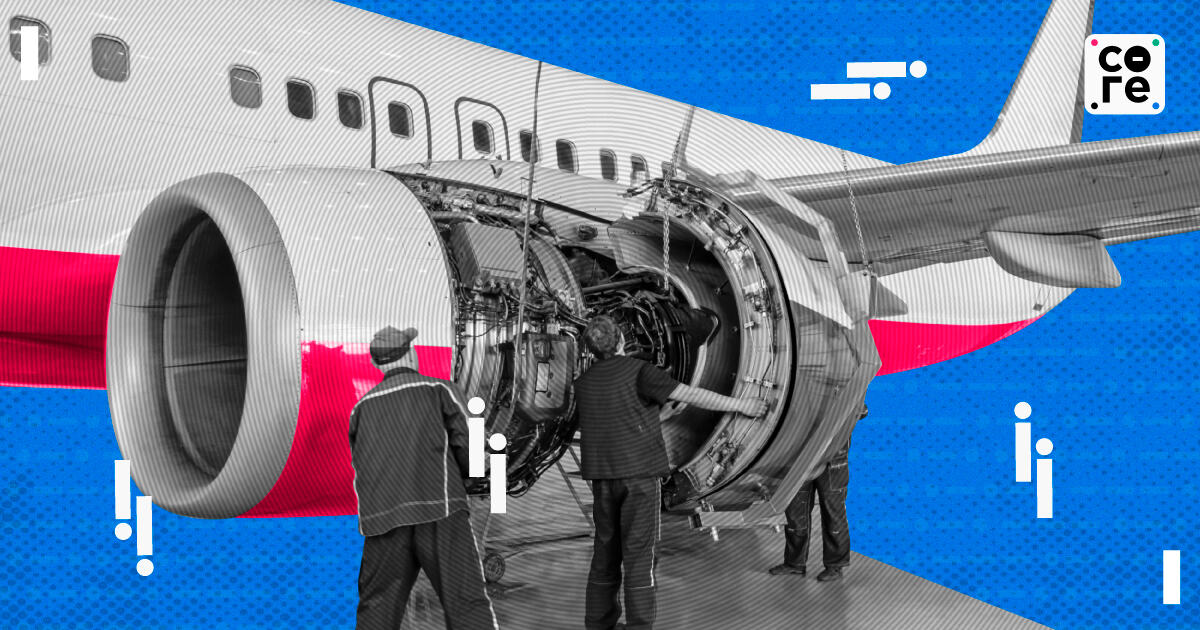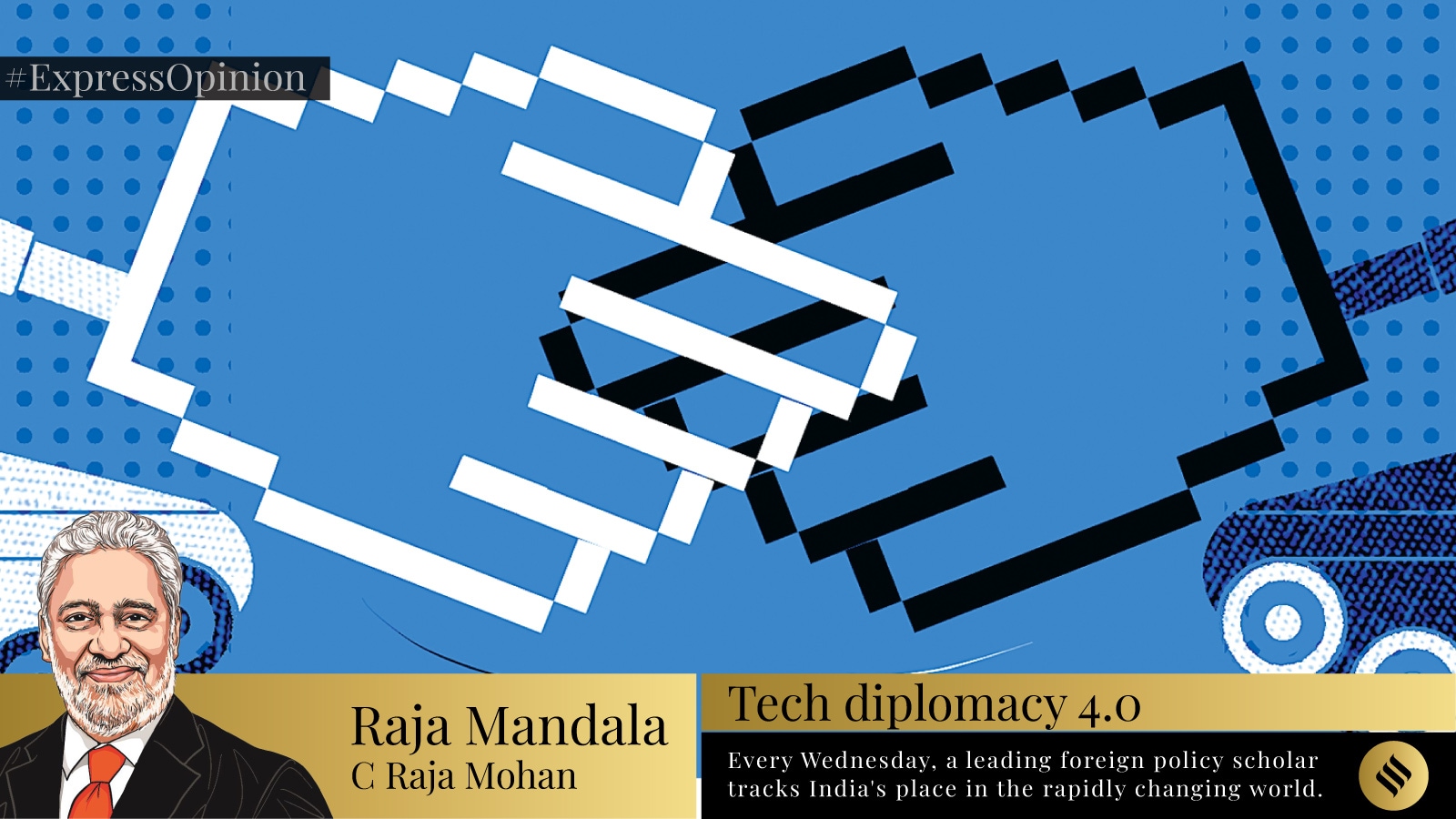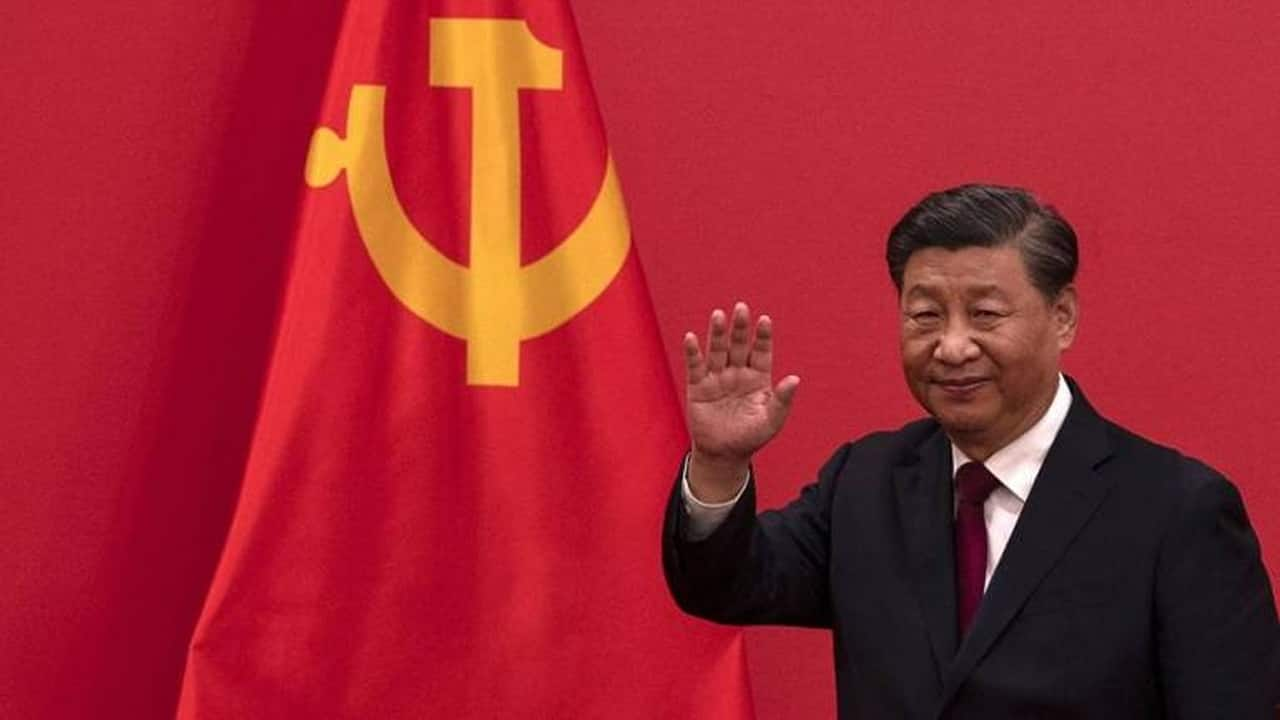- Arvind's Newsletter
- Posts
- Arvind's Newsletter
Arvind's Newsletter
Issue No. #1094
1.Will Spicejet be able to turn itself around (again) ?
Budget carrier SpiceJet may not have had the best of times recently, but is still in the reckoning and looking to expand. CEO Ajay Singh told ET that the airline is planning to expand with 75 aircraft over the next two years through its recently concluded Rs 3,000 crore QIP. “We think that this amount is sufficient to fund SpiceJet's expansion plan, which is to go from the current level of 25, 27, 28 aircraft to in excess of 100 aircraft in two years," Singh said. It will be good air travellers if Spicejet is able to turn itself around. The current near duopoly in Indian skies by Indigo and Air India has lead to rising airfares.
2.Meanwhile India is struggling to create a MRO hub in the region because of shortage of aviation engineers opines The Core.
Tata-owned Air India plans to set up MRO centres across the country, aiming to cut down on outsourcing, which currently makes up a staggering 90% of our MRO work. It has already started construction of its MRO centre in Bengaluru.
But this isn’t going to happen as easily as it seems. India’s MRO sector faces many challenges. There are problems with securing investments, getting inadequate infrastructure and high taxes.
“There is a significant talent gap in India’s MRO sector. While India is the largest supplier of aviation talent to the Middle East and APAC regions, domestic MRO operators struggle to retain skilled professionals. The government needs to intervene and enforce regulations to protect and promote this industry,” said Pulak Sen, founder of the MRO Association of India, speaking to The Core.
3.India is succeeding at technology diplomacy due to the West’s perception that it is a “democratic alternative to communist China,” a foreign policy expert C Raja Mohan has argued.
Technology was at the center of Prime Minister Narendra Modi’s recent US visit, resulting in several joint initiatives in semiconductors, artificial intelligence, and clean energy, C Raja Mohan noted in The Indian Express.
“The geopolitics of the moment” are driving the deepening tech relationship between the US and India, he wrote: Washington is seeking capable partners as its rivalry with Beijing intensifies, and India is looking to dominate global supply chains. “The Indian ‘brain drain’ to the US from the late 1960s has now become a living technological bridge between the two nations,” Mohan wrote.
4.About 40% of our global R&D workforce is in India: Sindhu Gangadharan, SAP Labs
With a talent pool of 13,000, half skilled in artificial intelligence (AI) technologies, SAP Labs India is becoming a global AI hub for SAP’s worldwide customers.
Headquartered in Bengaluru, it specialises in custom and multi-agent AI technologies to drive business transformation. As SAP’s second-largest research and development (R&D hub), it develops solutions that set new digital transformation standards for SAP’s 450,000 customers.
Sindhu Gangadharan, managing director and head of customer innovation services, in conversation with Peerzada Abrar, of Business Standard, emphasises India’s strategic importance for SAP’s growth and innovation. Read on.
5.China’s Market Stimulus Experiment
By Robert Armstrong and Aiden Reiter in Financial Times
On Tuesday, China announced an economic stimulus package with provisions specifically targeted at boosting Chinese equities. The People’s Bank of China announced a $114bn lending pool to help asset managers, insurers and brokers buy more stocks and help companies do stock buybacks. Hong Kong’s Hang Seng index rose 5 per cent and Shanghai and Shenzhen’s CSI 300 index rose 6 per cent in the aftermath. In the past we have asked whether Chinese equities were uninvestable. Does this change the picture?
Probably not much, for several reasons.
First, the housing market is still in disarray, and real estate is the primary household asset in China. So there is little risk appetite among would-be retail investors. The economic stimulus package is not big enough to fix this.
Second, government fiddling in the private sector has become more pronounced. The government’s rough treatment of entrepreneurs and crackdowns on foreign firms amount to a second blow to confidence. Economic data becoming less reliable has only served to make things worse.
Finally, the loosening of bank regulations and cuts to policy rates support bond buying rather than equity investment. There has already been a rush into bonds that has annoyed the government.
6.One in three children short-sighted, study suggests; BBC
Children's eyesight is steadily getting worse with one in three now short-sighted or unable to see things in the distance clearly, a global analysis suggests.
The researchers say Covid lockdowns had a negative impact on eyesight as children spent more time on screens and less time outdoors.
Short-sightedness, or myopia, is a growing global health concern which is set to affect millions more children by 2050, the study warns.
The highest rates are in Asia - 85% of children in Japan and 73% in South Korea are short-sighted with more than 40% affected in China and Russia.
7.How worried should Sri Lanka be about its ex-Marxist president?
The political background of Anura Kumara Dissanayake, who was sworn in as president of Sri Lanka on September 23rd after winning a run-off election, looks alarming. His party, the Janatha Vimukthi Peramuna (JVP), began as a revolutionary Marxist-Leninist movement that led two unsuccessful but bloody uprisings against the Sri Lankan state in the 1970s and 1980s. Tens of thousands of Sri Lankans were killed or simply “disappeared” in the insurrections and their suppression, which overlapped with a civil war between the government and Tamil rebels.
To his credit, Mr Dissanayake (widely known as AKD) has distanced himself from this gory past. On becoming party leader in 2014, he apologised for the killing of thousands of people by the JVP during the second, more brutal, uprising when he was part of its student wing, and said the party would never again take up arms. (There has never been a similar apology for atrocities committed by those in power at the time.)
He has also further softened the JVP’s ideology. The party had been playing down its Marxist origins for years, disavowing class struggle and its old rejection of private property (though members still call each other “comrade”). In his campaign this year Mr Dissanayake struck a conciliatory tone, stressing national unity and voicing support for a market economy. Since 2022, when mass protests ousted the then-president, Gotabaya Rajapaksa, a coalition assembled by the JVP and its associates has won broad support among middle-class Sri Lankans, whose living standards have been devastated by economic crisis and the austerity policies designed to fix it.
The main reason for worrying about Mr Dissanayake is not that he is a zealot. It is that he has little experience in government, barring a brief stint as agriculture minister two decades ago. Somehow, he must continue with painful reforms to keep the economy stable without alienating the people who elected him. It is an almost impossible task.
The economy collapsed under Mr Rajapaksa’s corrupt, eccentric regime, which divvied up power among the president’s relatives and indulged in outlandish policy experiments. Trying to turn the nation’s farms organic overnight, Mr Rajapaksa banned imports of chemical fertiliser, causing food production to collapse and living standards to plummet. Sri Lanka defaulted in April 2022. Three months later a crowd stormed Mr Rajapaksa’s palatial residence and he fled the country.
Ranil Wickremesinghe, his successor, brought down inflation, stabilised the currency and struck debt-restructuring deals with the IMF and other creditors, including India and China. However, he failed to salve the economic pain felt by ordinary people, and did little to curb graft or safeguard the rights of dissidents. He was also seen as too close to the Rajapaksa government that wrecked the country in the first place.
Mr Dissanayake campaigned on promises to root out corruption and renegotiate the deal with the IMF. If he reneges on that agreement, as some fear, Sri Lanka could be plunged back into economic crisis. So he is more likely to stick with it. But this means he will have little space to cut taxes or raise welfare spending, as he has promised. Debt payments are expected to gobble up half the budget next year, and Mr Dissanayake’s ideas for boosting growth remain maddeningly vague.
A failure to ease economic suffering could infuriate his supporters, undermining a government that is already weak. Mr Dissanayake’s leftist umbrella group held just three of 225 seats in the parliament he dissolved this week, and is unlikely to win a majority in the elections now scheduled for November. So he will probably end up governing with a fragile political coalition, possibly including members of the old establishment he promised to oust. Sri Lankans hoping for a reckoning with the past are likely to be disappointed, too: despite its rebellious history, the JVP is unlikely to support an investigation of atrocities committed during the long civil war.
Any or all of these issues may well hobble Sri Lanka’s new leader. Despite Mr Dissanayake’s clear mandate, his presidency is built on shaky ground, in a country that has little room for error. Wish him luck.





